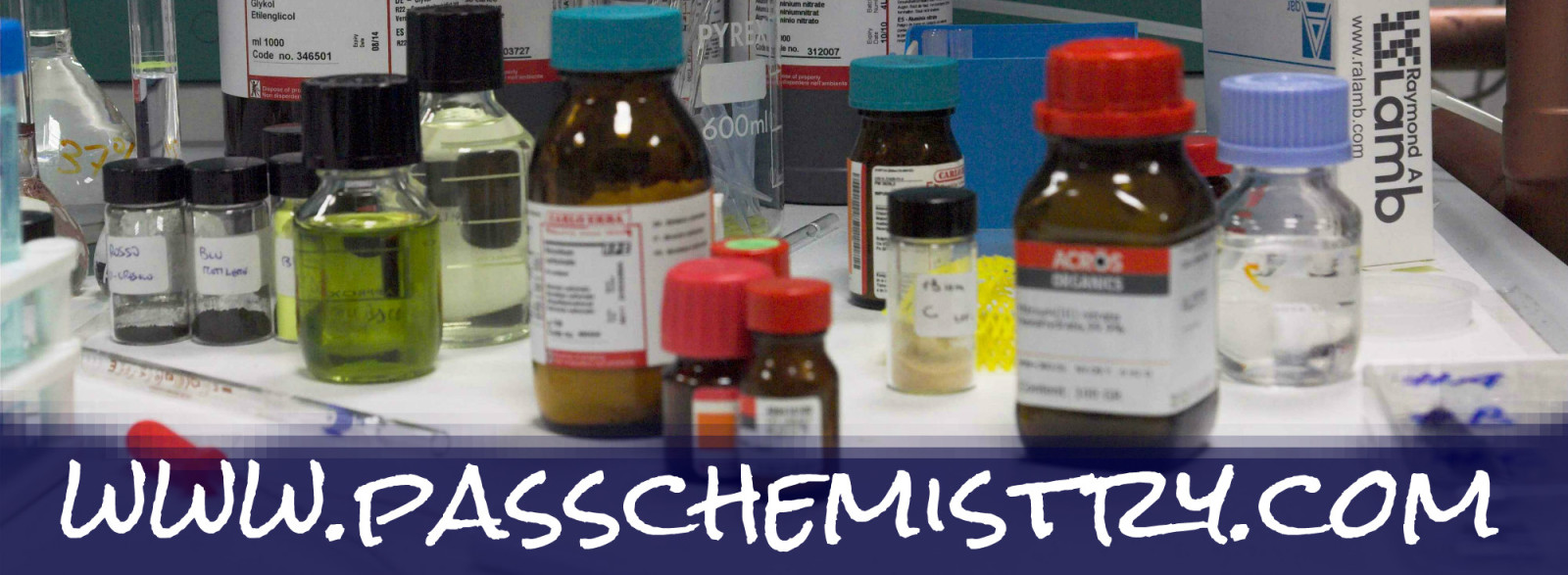Temperature and Molecular Motion: Graham’s Law
The absolute temperature of a gas is a measure of the average kinetic energy. Gases in the same container have the same temperature, therefore they have the same average kinetic Continue Reading →
Chemistry Tutorials and Help

The absolute temperature of a gas is a measure of the average kinetic energy. Gases in the same container have the same temperature, therefore they have the same average kinetic Continue Reading →
Just as solids have density expressed as units of mass over volume, gases also have density. A rearrangement of the ideal gas law equation gives us the density equation for Continue Reading →
The ratio of the partial pressure a single gas contributes and total pressure is equal to the mole fraction (X). (Note: Mole fraction is a dimensionless number.) Mole Fraction and Continue Reading →
If gases are mixed in a container, we can assume that the gas molecules will be far apart and behave independently. The partial pressure is the pressure exerted by one Continue Reading →
Emil Clapeyron united all the gas laws mathematically into one ideal gas law: PV = nRT In the ideal gas law equation, R is the ideal gas constant. The value Continue Reading →
Gay Lussac had seen in experiments that at a given temperature and pressure the volumes of gases that react with one another are ratios of small whole numbers. He called Continue Reading →
Mixed Gas Laws Example #1: If I initially have a gas with a pressure of 84 kPa and a temperature of 350 C and I heat it an additional 230 Continue Reading →
The experimental observations of the individual gas laws can be united in the combined gas law. Combined Gas Law Example: A scientist has a sample of gas that was collected Continue Reading →
From his experiments Joseph Gay-Lussac proposed that if amount of gas and volume are held constant, then pressure and absolute temperature are directly proportional. = Making popcorn is an Continue Reading →
From his experiments Jacques Charles proposed that the volume of a fixed quantity of gas at constant pressure is directly proportional to its absolute temperature. You may have used Continue Reading →